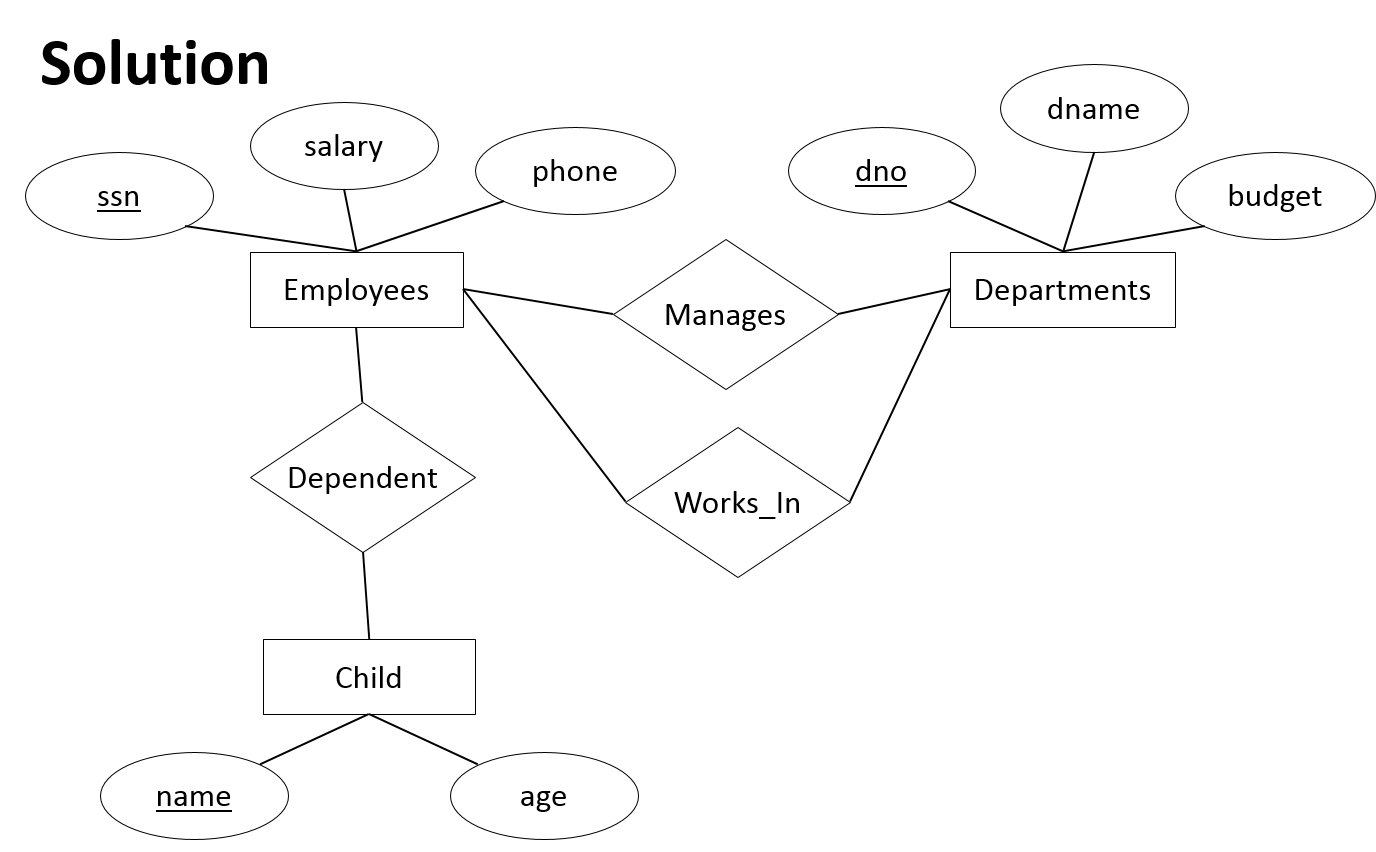

- Dbschema cardinality how to#
- Dbschema cardinality software#
You can optionally implement additional partitioning based upon other fields. Druid uses Roaring orĬONCISE compressed bitmap indexes to create indexes to enable fast filtering and searching across multiple columns. For a limited failure that affects only a few Druid servers, replication ensures that queries are still possible during system recoveries.

You can recover your data from deep storage even in the unlikely case that all Druid servers fail. Deep storage is typically cloud storage, HDFS, or a shared filesystem. After ingestion, Druid safely stores a copy of your data in deep storage. Cloud-native, fault-tolerant architecture that won't lose data.
Dbschema cardinality software#
This is true for configuration changes and software Is designed to run continuously without planned downtime for any reason. If aĭruid server fails, the system automatically routes data around the damage until the server can be replaced. The Druid cluster re-balances itself automatically in the background without any downtime. As an operator, you add servers to scale out or
Self-healing, self-balancing, easy to operate. Ingested data is immediately available for Druid can ingest data either real-time or in batches. Druid can process each query in parallel across the entire cluster. Druid can ingest data at the rate of millions of records per second while retaining trillions of records and maintaining query latencies ranging from the sub-second to a few seconds. Typical Druid deployments span clusters ranging from tens to hundreds of servers. Additionally, to support fast scans and aggregations, Druid optimizes column storage for each column according to its data type. This greatly improves speed for queries that retrieve only a few columns. This means it only loads the exact columns Digital marketing/advertising analyticsĭruid's core architecture combines ideas from data warehouses, timeseries databases, and logsearch systems. Supply chain analytics including manufacturing metrics. Network telemetry analytics including network performance monitoring. Clickstream analytics including web and mobile analytics. Druid works best with event-oriented data.Ĭommon application areas for Druid include: Most often, Druid powers use cases where real-time ingestion, fast query performance, and high uptime are important.ĭruid is commonly used as the database backend for GUIs of analytical applications, or for highly-concurrent APIs that need fast aggregations. Moment Sketches for Approximate Quantiles moduleĪpache Druid is a real-time analytics database designed for fast slice-and-dice analytics (" OLAP" queries) on large data sets. Key/Value Stores (HBase/Cassandra/OpenTSDB) Let's pick our favourite type definition - azure_sql_server, and examine the JSON. In part 1, the get typedefs request helped us getting all the type definitions from our purview account. Understanding the relationshipAttributeDefs But before we do that, let's make sure we understand how relationships and lineages are made in purview. Dbschema cardinality how to#
Now let's see how to create a more complex lineage with column mapping. So far we have seen how to create a simple custom lineage using the API.
API Documentation - PurviewCatalogAPISwagger.zip. Azure Purview REST API, Part 5: Complex Lineage with Column Mapping. Azure Purview REST API, Part 4: Understanding Relationship and Lineage. Azure Purview REST API, Part 3: Custom Lineage. Azure Purview REST API, Part 2: Type Definitions and Entities. Azure Purview REST API, Part 1: Getting Started.






 0 kommentar(er)
0 kommentar(er)
